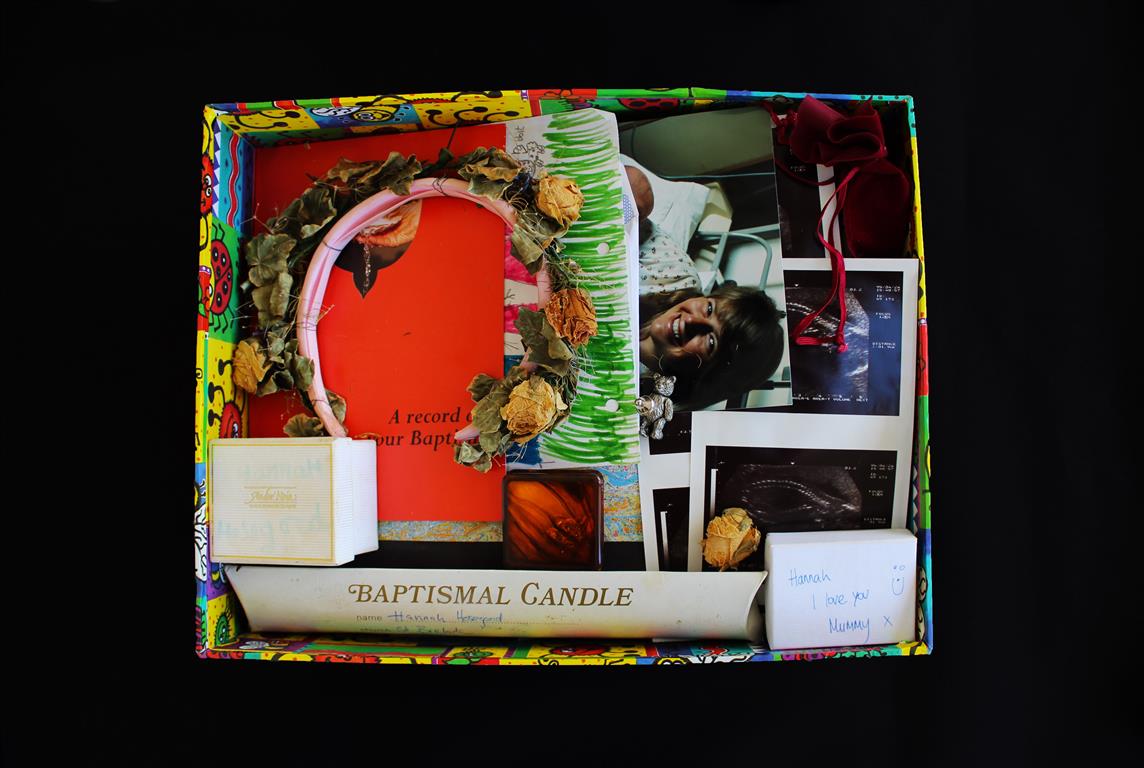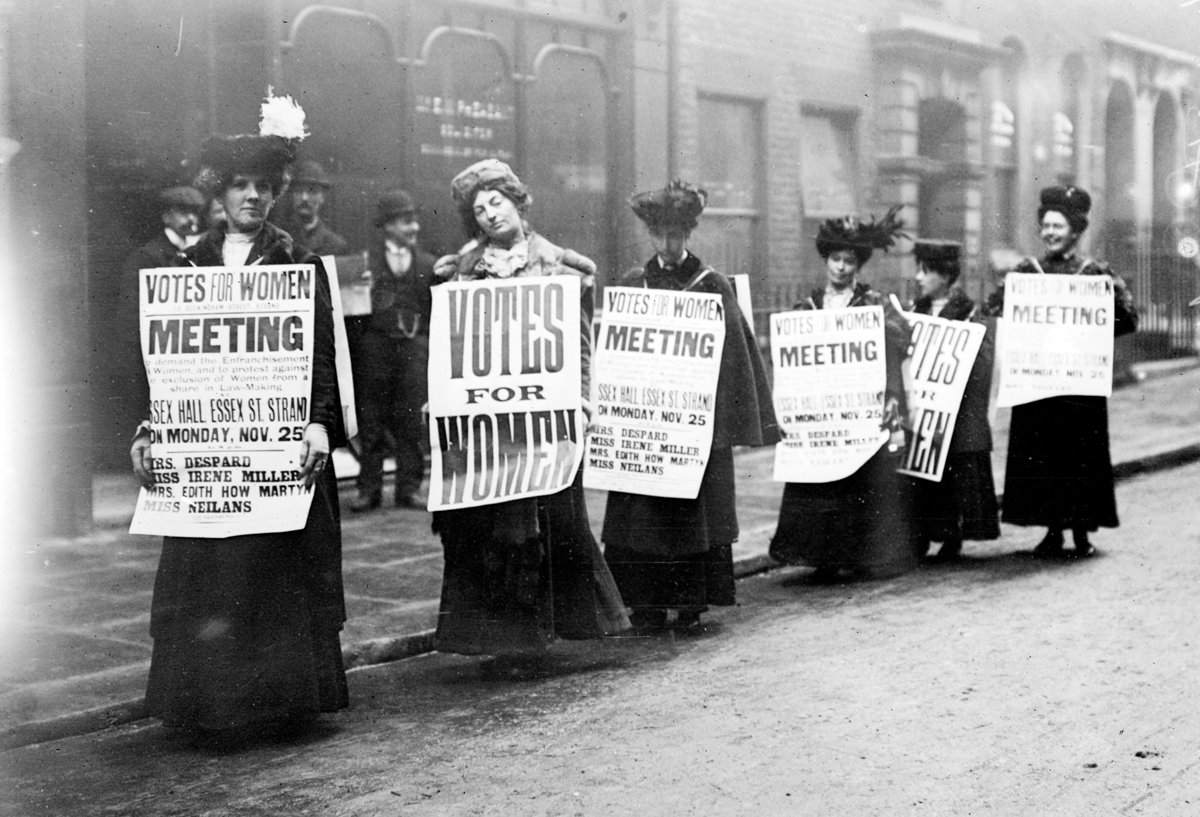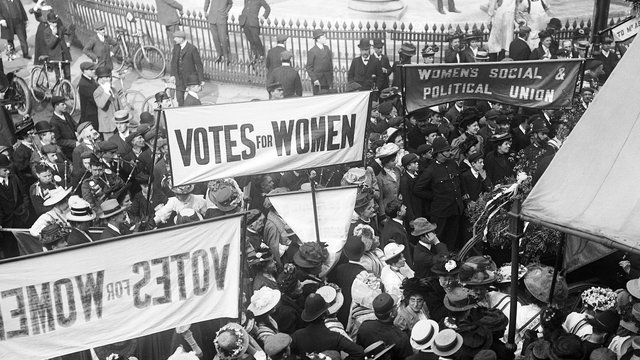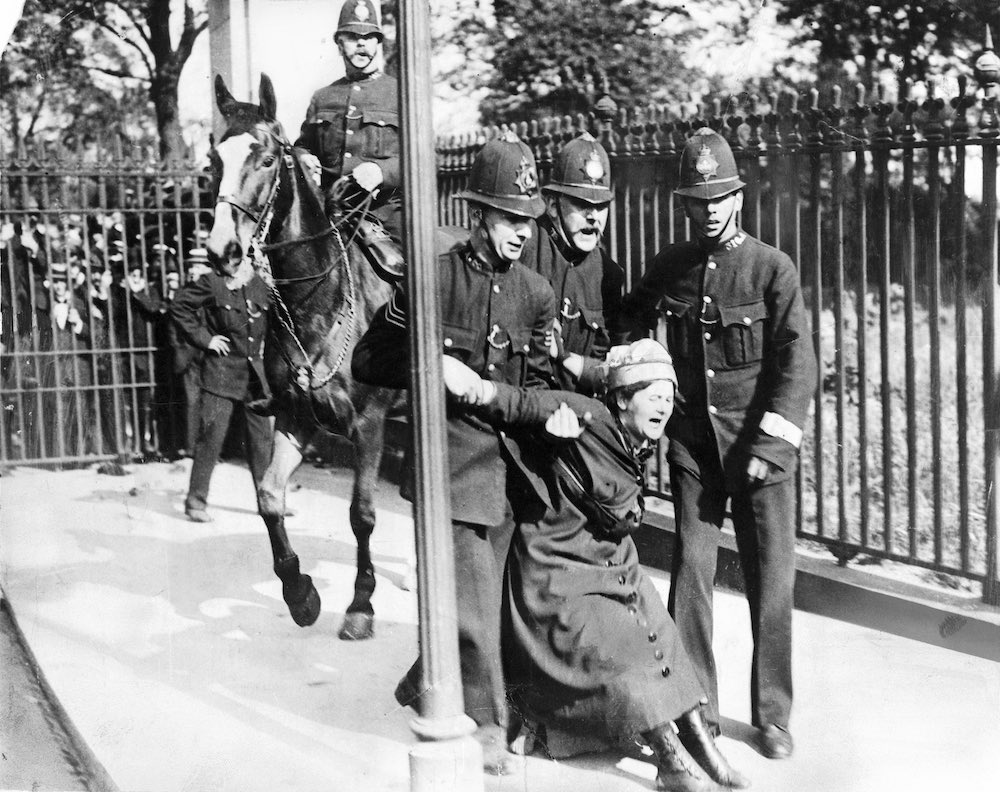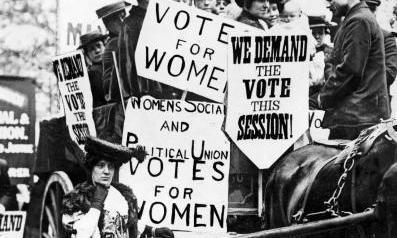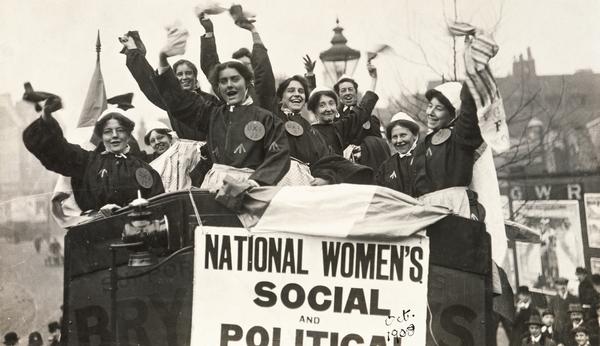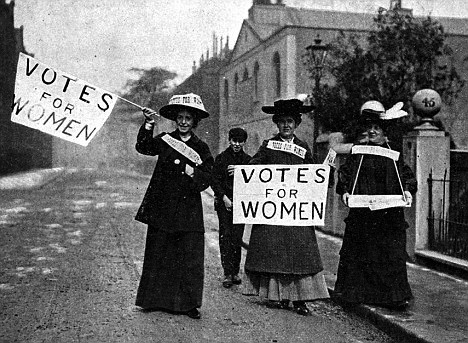Photography: A Critical Introduction Third Edition Edited by Liz Wells
In 1939 a Documentary photographer called Dorothea Lange, was working on a government run project called Farm Security Administration. Dorothea had stopped on the road to investigate a group of people who were employed to pick peas. Within less than 15 minutes she had photographs of the ‘migrant mother’ and her children. This photograph went on to become the most reproduced photograph in history, it was reproduced on stamps to represent the ear of 1930’s and used for cartoons.
One of the main principles of this photograph was that it should remain untouched free of photo shop even any minor changes so that the photograph could maintain it’s accuracy and genuineness.
What the photograph shows/ represents?
- Mother and child – maternal symbolism
- Poverty during the depression
- Lack of presence in the mothers expression
- Absence of the farther
- The human condition at the time
- Social and historical evidence
- Resistance against the depression
- Gender roles – femininity
Dorothea Lange – The Assignment I Will Never Forget
Essay to go with the photograph of Migrant Mother
“I saw and approached the hungry and desperate mother, as if drawn by a magnet. I do not remember how I explained my presence or my camera to her, but I do remember she asked me no questions. I made five exposures, working closer and closer from the same direction. I did not ask her name or her history. She told me her age, she was thirty-two. “She and her children had been living on frozen vegetables from the field and wild birds the children caught. The pea crop had frozen; there was no work. Yet they could not move on, for she had just sold the tires from the car to buy food. There she sat in that lean in tent with her children huddled around her, seemed to know that my pictures might help her, so she helped me. There was a sort of equality about it.”
Ways in which the photograph can be analysed:
- Relation to politics and ideology
- Process and technique
- Class, race and gender
- Psychoanalysis
- Aesthetics and traditions in art
- Context
- Essay to go with it
In 1978, they were able to track Migrant Mother, they found her living in a trailer in Modesto California, however they said that she was an ordinary dull woman who was no longer able to be the icon of the depression. In an interview with ‘Migrant Mother’ Florence Thompson held by the United Press 50 years after the photographs were taken Florence said that she was proud to be the subject of the photography however she didn’t make any money out of it and so it had done her no good.



